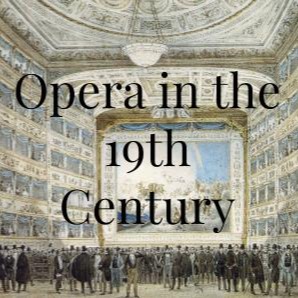

2Īs you can tell, Italy was dominating the music and cultural scene during much of the Baroque era. Arcangelo Corelli: Trio Sonata in D Major, Op. This kind of expressive power belongs to the best music the baroque has to offer. The sung dialogue between the two voices tells of the bitterness of unrequited love, which we can clearly hear in the harsh dissonances. In the featured secular cantata we find many abrupt tempi and mood changes. However, Barbara Strozzi not only composed, she also published many of her own compositions. Her contemporaries highly praised her musical talents, and her voice was “compared to the harmonies of the spheres.” In the event, Barbara Strozzi was a unique figure during the early Baroque era, as women “were either portrayed as either saints or sinners, pictures of purity or wickedness.” And composing was clearly in the male domain.

She was a famous singer, played the lute, and she even wrote her own poetry. She might have been a courtesan-a highly cultured woman entertaining men, and she absolutely possessed the artistic skills of this particular profession. And just listen to the delightful instrumental refrains, in our excerpt all played by baroque period instruments. How brilliant is that! The so-called “father of the concerto” basically established program music, and he also codified the 3-movement form for solo concertos. Each line of the poem was printed above a certain passage, and the music attempted to mirror the action or meaning described. Mind you, he probably wrote his own poetry as well.

To make sure that performers and audiences understood what was going on in the music, Vivaldi accompanied each concerto with a poem. But it is not all that easy to clearly assign emotions and drama to music without a text. Vivaldi is certainly best-known for The Four Seasons, a group of four violin concertos.

Predictably, the violin was Vivaldi’s solo instrument of choice, and together with many colleagues, he was responsible for emancipating instruments “from their earlier dependence on vocal music.” Vivaldi takes all the delicious and expressive devices that are used to describe the emotions in early opera and transplants them into the instrumental realm. This format, featuring a soloist against an accompanying instrumental group, lent itself beautifully for experiments in sonority and virtuoso playing. That’s hardly surprising, as being a violinist, he composed well over 500 concertos. George Frideric Handel: Messiah, “Hallelujah Chorus”Īntonio Vivaldi © Īntonio Vivaldi (1678-1741) was known as the “ Red Priest,” and he is probably most famous for his concertos. It is one of the most glorious examples of baroque music, and it beautifully captures the spirit of the times. The larger group includes first and second violins, violas, and double basses, with the basso continuo-I tell you later what that means-played by cello and harpsichord. In the 2nd Brandenburg Concerto, really my all-time favorite-the solo group consists of trumpet, recorder, oboe, and violin, basically instruments in the higher register. At the end of the Baroque, the Concerto Grosso featured three movements and it was described as “the fire and fury of the Italian style.” Today it might be called cultural appropriation, but the concerto style spread like wildfire across Europe, and it found its way into the hands of Johann Sebastian Bach (1685-1750). The other type is called “Concerto grosso,” and it features the contrast between a small group of instruments and a larger group. Baroque music composers essentially invented two different types, the concerto for solo instruments and an accompanying instrumental group. At first glance, this doesn’t make much sense unless we remember one of the most-beloved inventions of the Baroque era, the concerto. In Baroque music, the contrast was an essential element of expression, as was unity.


 0 kommentar(er)
0 kommentar(er)
